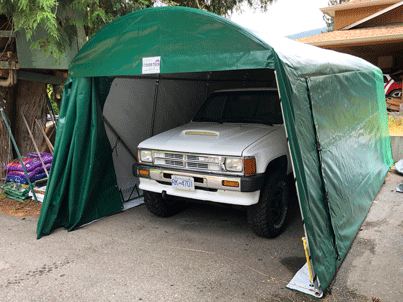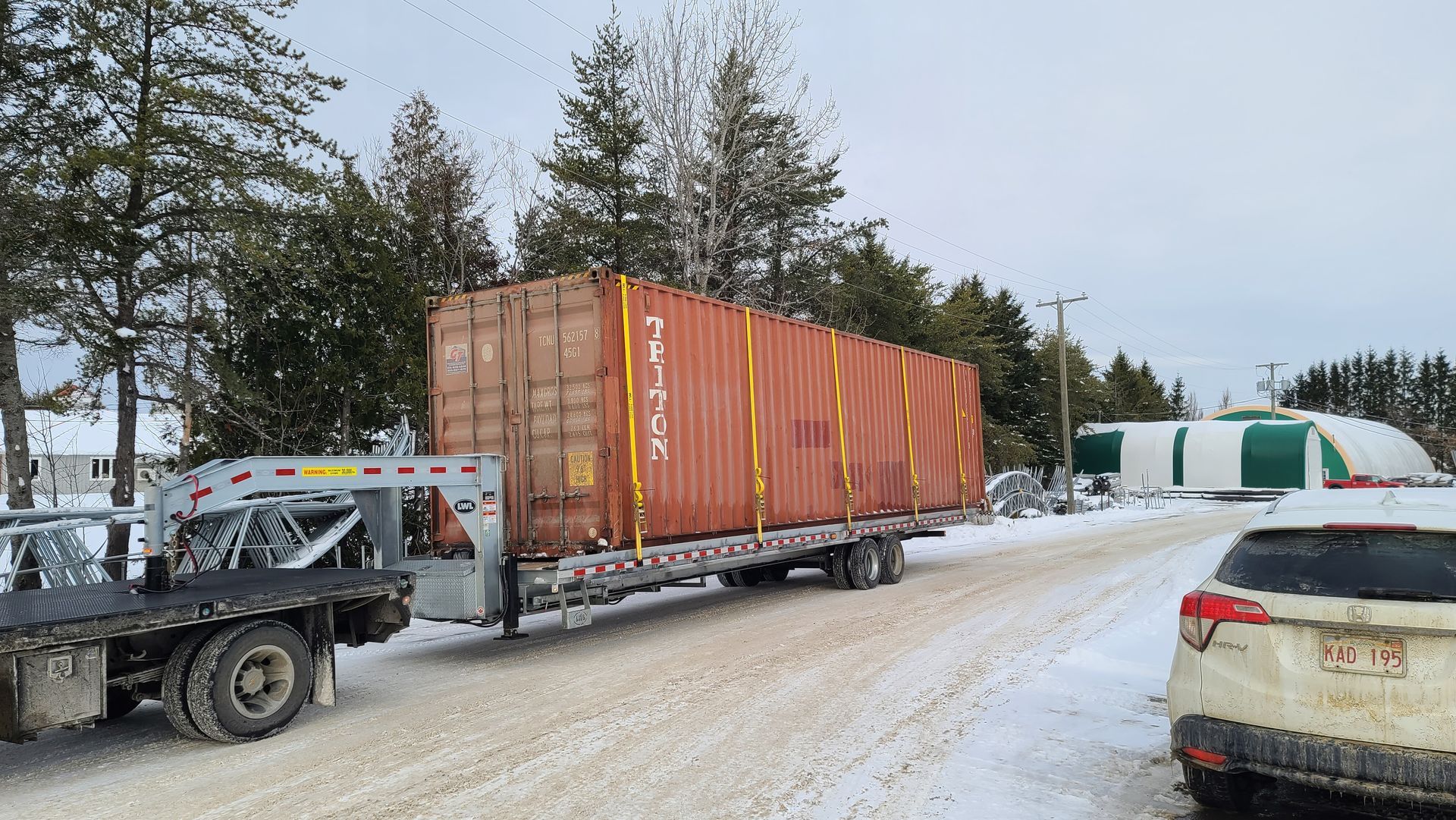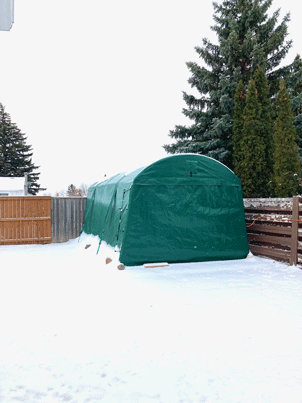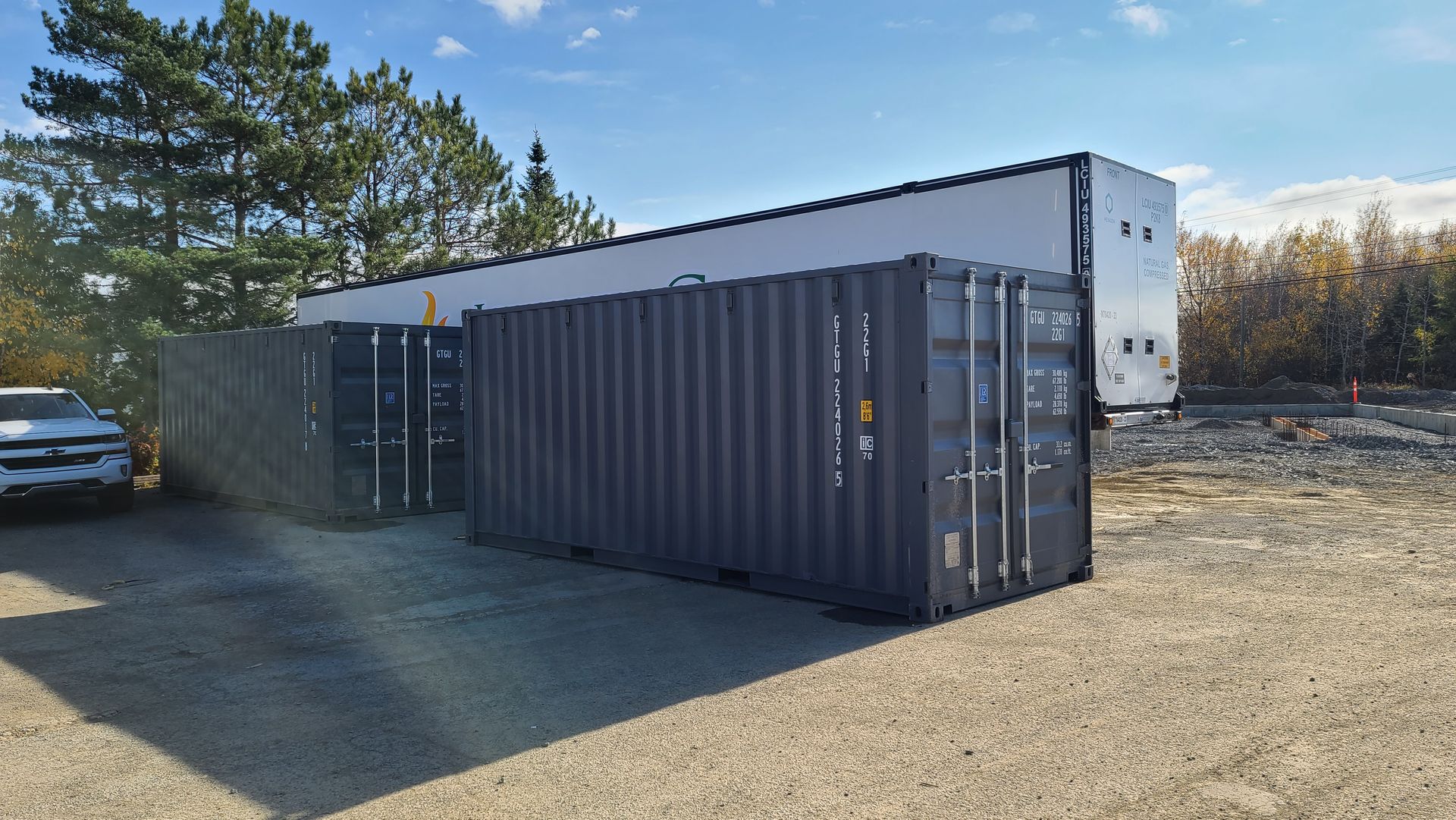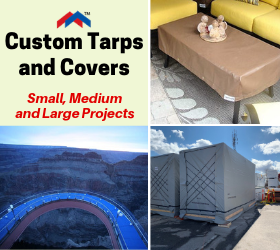Tips to protect your heat pump in the winter
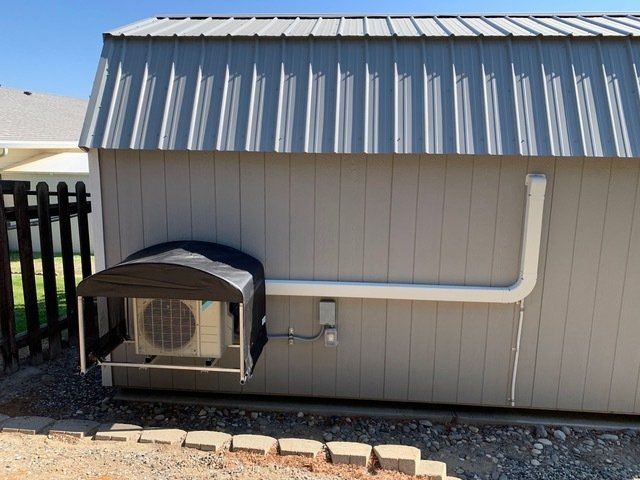
Protecting your heat pump from snow and ice is important to ensure it continues functioning properly. Heat pumps are expensive equipment and need special care when exposed to harsh winter weather. Fortunately, there are several precautions you can take to safeguard your heat pump. heat pump from snow and ice. Investing in a quality heat pump cover, ensuring your HVAC system is properly insulated, and regularly checking for signs of wear and tear are all important steps to ensure that your heat pump continues running efficiently throughout the cold winter months.
What kind of harm am I preventing?
Homeowners are already familiar with the fundamentals of interior HVAC maintenance. Replace your air filters regularly, use a programmable thermostat, and have your unit inspected by your local HVAC professionals once a year.
Outside HVAC care is concerned with preventing the effects of weather-related damage during the winter and even into spring. You risk clogging the unit with ice and snow in the winter. Every month, debris and storm damage can cause havoc.
When ice and snow obstruct the airflow between your heat pump and the outside air, you reduce the energy efficiency of your system and may even cause permanent damage to the unit. While a thin layer of frost is normal, a lot of snow and ice must be removed.
After each significant snowstorm, you should inspect the perimeter of your home. If you have a gas furnace, ensure the intake and exhaust pipes are clear. Clogged pipes can cause combustion gases to leak into the home and cause the system to shut down.
Here is the breakdown of things you should do to protect your heat pump:
- Remove any dirt or debris from the unit and turn it off or leave it on emergency heat. Then, remove any dirt, debris, or leaves from the area around the unit. This will help keep ice and snow from accumulating and obstructing airflow to the coils. Take care not to damage the exterior unit. One method is to avoid using sharp objects to remove snow and ice. Keep a 2-foot space clear around the unit if possible.
- Install a heat pump cover from us: Choose a heat pump cover that is long-lasting, weather-resistant, and breathable. This will keep snow, ice, dirt, debris, and animals away from your unit. This cover also provides shade during the summer, increasing energy efficiency.
- Every major storm should be followed by a physical inspection of your heat pump to look for any damage. Call an experienced HVAC repair provider as soon as you notice anything. Verify that there is no snow on your condenser.
- Trim back any foliage: If there are any trees, shrubs, or other plants close to the unit, make sure they are cut back. By doing this, the unit's ventilation will be improved.
- Maintain your unit's cleanliness by routinely clearing snow and ice off it. This is especially important if you live in a region with a lot of snowfall.
- Melt ice with a hose or warm water: Only do this if the outside temperature is below freezing. Take care not to use hot water.
- Replace your air filter regularly to keep your HVAC system clean and well-ventilated.
- Cover and insulate all pipes: If you live in a snowy area, ensure all pipes prone to burst are properly covered and insulated.
- Consider having a professional tune-up performed at least once a year. It will help extend your heat pump's life, keep it clean, and avoid major repairs.
Your heat pump is essential to your home, particularly during the winter. You can help extend its life and enjoy a comfortable home by protecting it from snow and ice.
In addition to how effectively they protect your HVAC unit, heat pump covers are relatively affordable and readily available when you need one. There are tons of heat pump covers that can get the job done for you with ease. Do not stress yourself while looking for heat pump covers that will serve you well; get a Cover-Tech heat pump cover, and you will be glad you did. This innovative galvanized structural steel heat pump cover from Cover-Tech can be easily installed and offers maximum snow lead strength.

